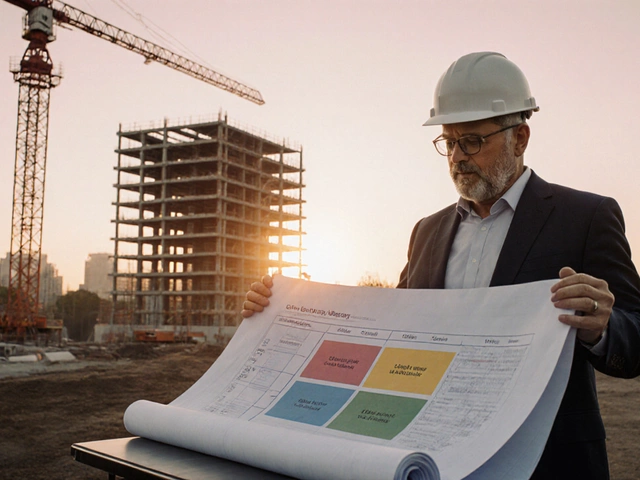Contractor Roles: Understanding Who Does What on a Build
Ever wonder why a house build feels like a juggling act? That’s because many different contractors are pulling the strings. Each one has a clear job, and knowing that job helps you avoid mix‑ups, delays, and surprise costs.
In simple terms, a contractor is anyone who provides a service for a construction project. Some manage the whole site, others focus on a single trade. When you know the difference, you can talk to the right person at the right time.
Common Contractor Types
General Contractor (GC) – Think of the GC as the project’s quarterback. They take the plans, hire subcontractors, order materials, and keep the schedule on track. If something goes wrong, they’re the first point of contact.
Subcontractor – These are the specialists. A plumber, electrician, roofer, or drywall crew all fall under this banner. They work under the GC’s direction and focus on one part of the job.
Design‑Build Contractor – This firm does both the design and the construction. It can speed things up because the same team handles drawings and building, which reduces the back‑and‑forth between architect and builder.
Construction Manager (CM) – A CM isn’t a builder but a planner. They help the owner oversee the schedule, budget, and quality. You’ll see CMs on larger commercial projects where the owner wants more control.
Specialty Contractor – These focus on a niche like flooring, landscaping, or historic restoration. They bring deep expertise that a general contractor might not have.
Choosing the Right Contractor for Your Project
First, match the contractor’s skill set to your project size. A small home extension usually just needs a reliable GC and a few subs. A new build or a commercial office often benefits from a design‑build firm or a CM‑on‑fee.
Second, check credentials. Look for a valid licence, insurance, and references from similar jobs. A quick call to a past client can reveal if the contractor sticks to the timeline and budget.
Third, compare quotes, but don’t pick the cheapest automatically. The lowest price can hide hidden costs, like change orders or poor materials. Ask each quote to break down labour, materials, and contingency.
Fourth, meet the team. A face‑to‑face chat with the GC and key subs helps you gauge communication style. If they answer questions clearly, you’re less likely to get surprises later.
Finally, trust your gut. If a contractor seems evasive or rushes the paperwork, it’s a red flag. Good contractors are transparent about permits, inspections, and payment schedules.
Understanding contractor roles makes the building process less intimidating. You’ll know who to call when the roof needs fixing, who handles the plumbing, and who keeps the whole thing moving. With that clarity, you can focus on the fun part – seeing your vision turn into reality.
Understanding Lower Tier Contractors: Navigating the Building World

Lower tier contractors play a crucial role in construction projects but often remain in the background. These contractors work under higher-tier contractors, focusing on specific tasks, often involving specialized skills. Understanding their role helps in navigating the complex construction hierarchy and can lead to more efficient project management. Knowing how to choose and manage lower tier contractors can make a big difference in a project's success.
read more



